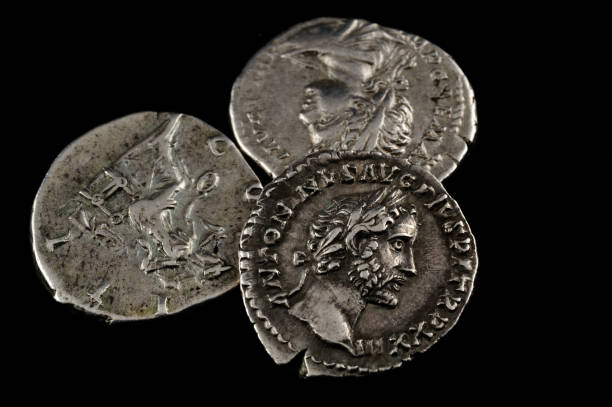Long before the rise of the silver standard as a formal monetary system in the 16th century, the groundwork for silver’s prominence in trade and economies had been laid. Ancient civilizations recognized silver’s unique properties, which made it ideal for currency and commerce. These early practices created the foundation upon which the silver standard would later emerge, connecting economies and facilitating trade across continents.

Silver in Ancient Civilizations: A Shared Legacy
- The Mediterranean World:
- In Greece and Rome, silver coins became standardized, creating a trusted medium of exchange.
- Greek Athenian drachmas and Roman denarii spread across the Mediterranean, promoting cross-border trade and economic integration.
- The Silk Road and China:
- China valued silver as a store of wealth and a medium for large-scale transactions.
- The Silk Road facilitated the movement of silver eastward, linking Western mines with Eastern markets.
- The Islamic Caliphates:
- The Islamic world used silver dirhams extensively, especially during the Abbasid Caliphate (8th-13th centuries). These coins became a standard in trade routes stretching from Spain to Central Asia.
Technological and Cultural Contributions
The pre-1500 era saw advancements in mining, smelting, and minting technologies that made silver coins widely available and trusted.
- Mining and Metallurgy:
- Civilizations like the Romans and the Chinese developed techniques to extract silver efficiently from ores.
- Silver mines in regions like Spain and Central Asia supplied vast quantities of the metal, ensuring its availability for coinage.
- Cultural Trust in Silver:
- Across diverse cultures, silver symbolized wealth and stability. Its use in religious artifacts, jewelry, and coins reinforced its value in the public consciousness.
The Role of Trade Networks in Spreading Silver
Before the 1500s, long-distance trade routes were critical in establishing silver’s universal appeal:
- The Silk Road: Silver flowed along this network, linking Europe, the Middle East, Central Asia, and China. It became a preferred medium of exchange for luxury goods like silk, spices, and porcelain.
- The Indian Ocean Trade: Coastal regions of East Africa, the Arabian Peninsula, and India traded silver coins and ingots as part of a broader economic network.
- European Trade Expansion:
- By the late medieval period, cities like Venice and Genoa were central to silver’s movement within Europe and to the East.
The Transition to the Early Modern Era
The groundwork laid before 1500 set the stage for silver to become the backbone of global trade in the 16th and 17th centuries. The Spanish conquest of the Americas and the discovery of massive silver deposits accelerated its role as the dominant monetary standard. However, the principles and systems established by ancient and medieval societies provided the blueprint for silver’s central role in the global economy.
Conclusion: A Precursor to Globalization
The pre-1500s era demonstrates that silver was more than a valuable metal—it was a unifying force in the development of early economies and trade networks. The systems of trust, technology, and connectivity established during this time became the bedrock upon which the silver standard of the modern era was built. In the next chapter, we’ll explore how the Age of Exploration transformed silver into the lifeblood of global commerce.
